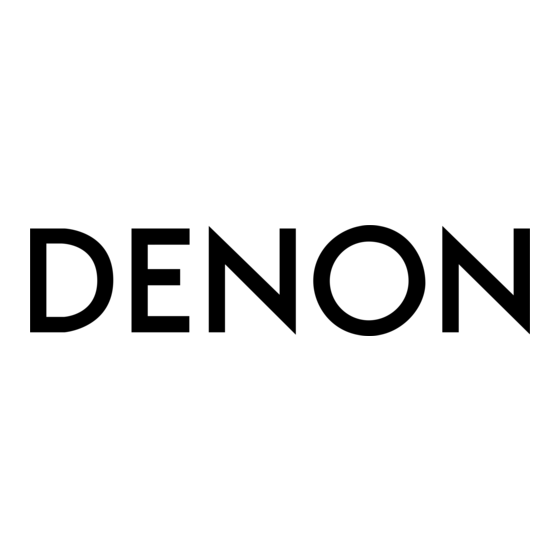

Denon PRIME 4 User Manual
Hide thumbs
Also See for PRIME 4:
- User manual (67 pages) ,
- Quick start manual (45 pages) ,
- User manual (37 pages)
Table of Contents
Advertisement
Quick Links
Advertisement
Table of Contents

















Need help?
Do you have a question about the PRIME 4 and is the answer not in the manual?
Questions and answers